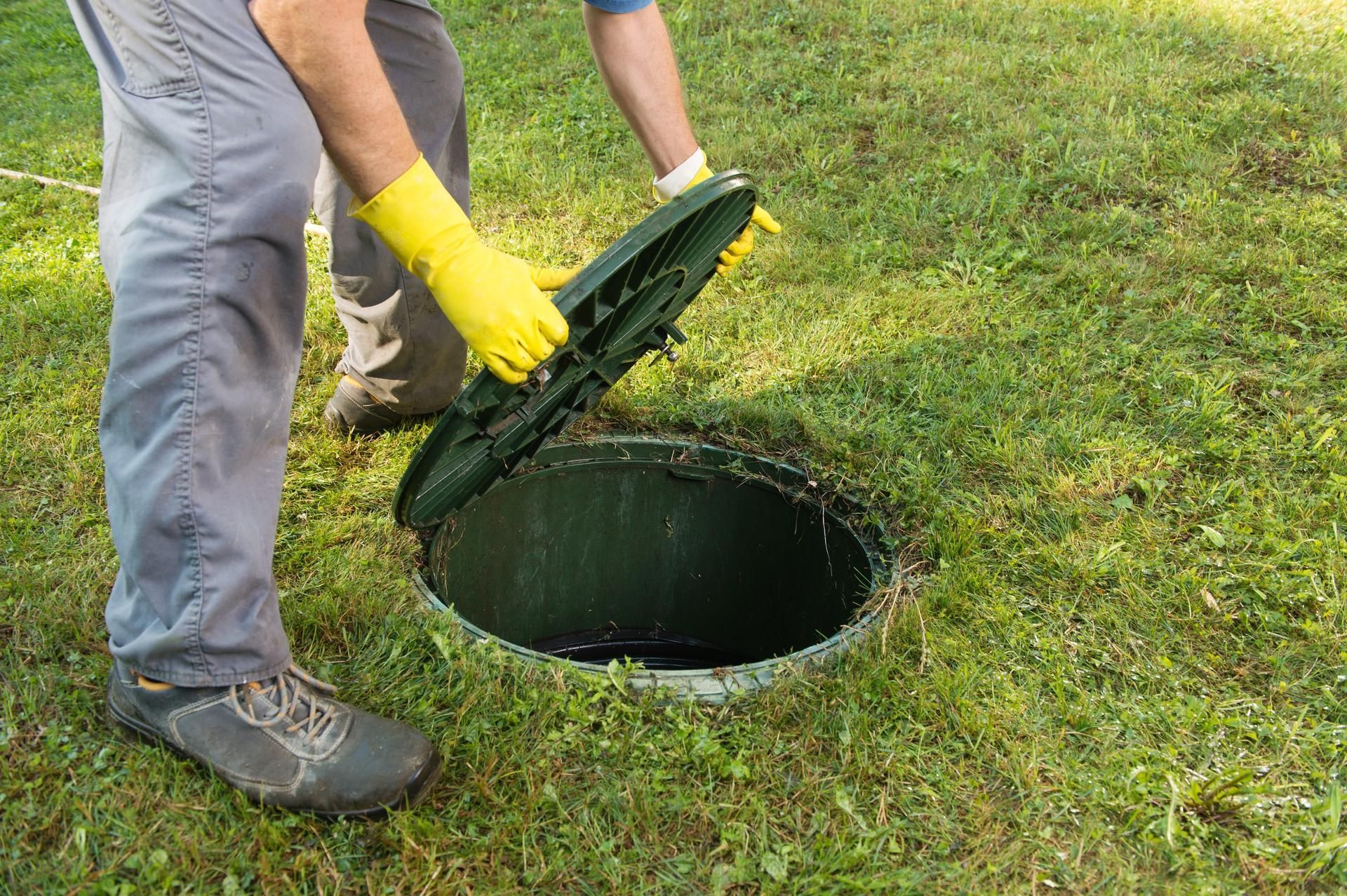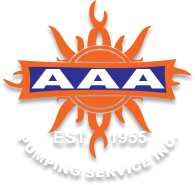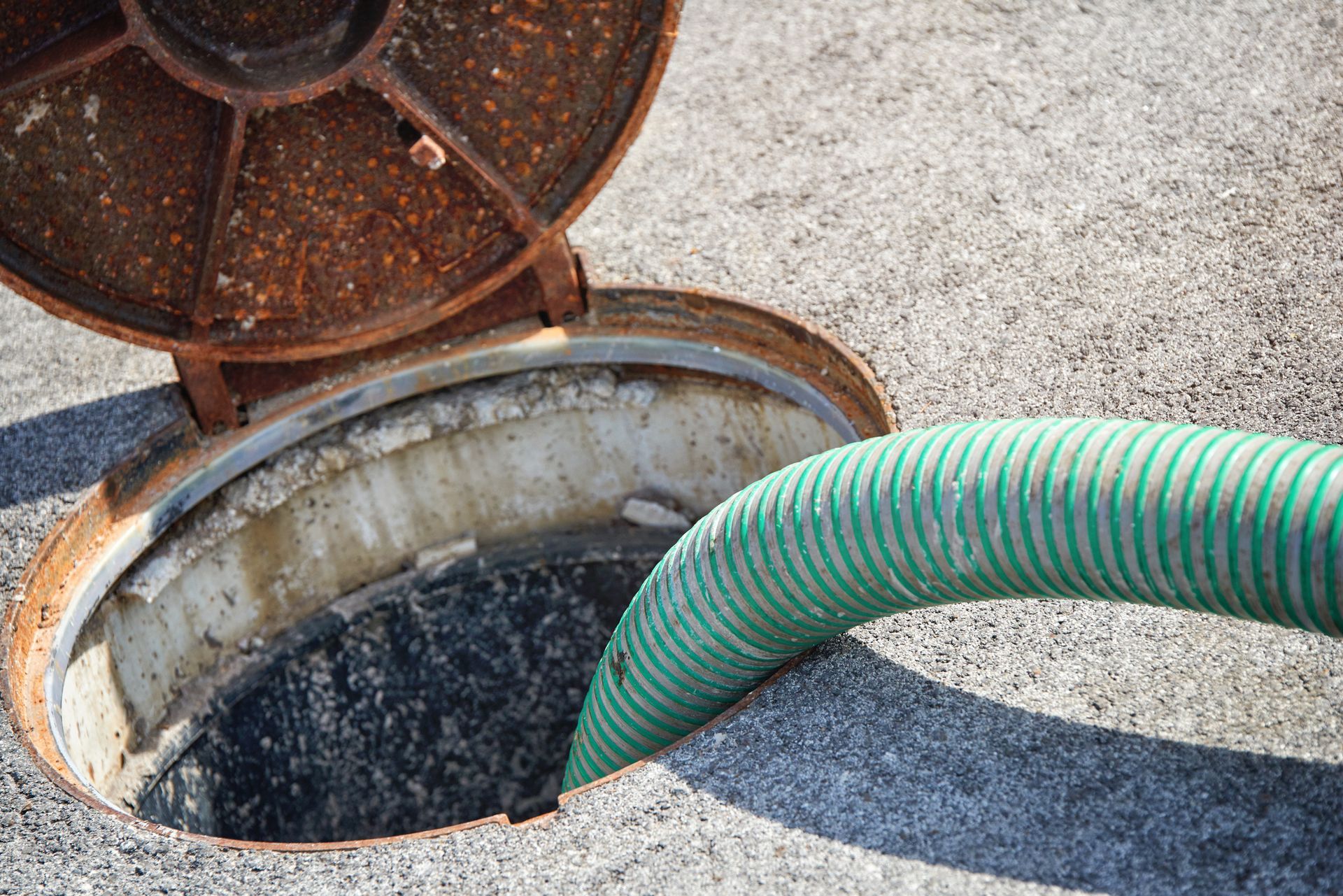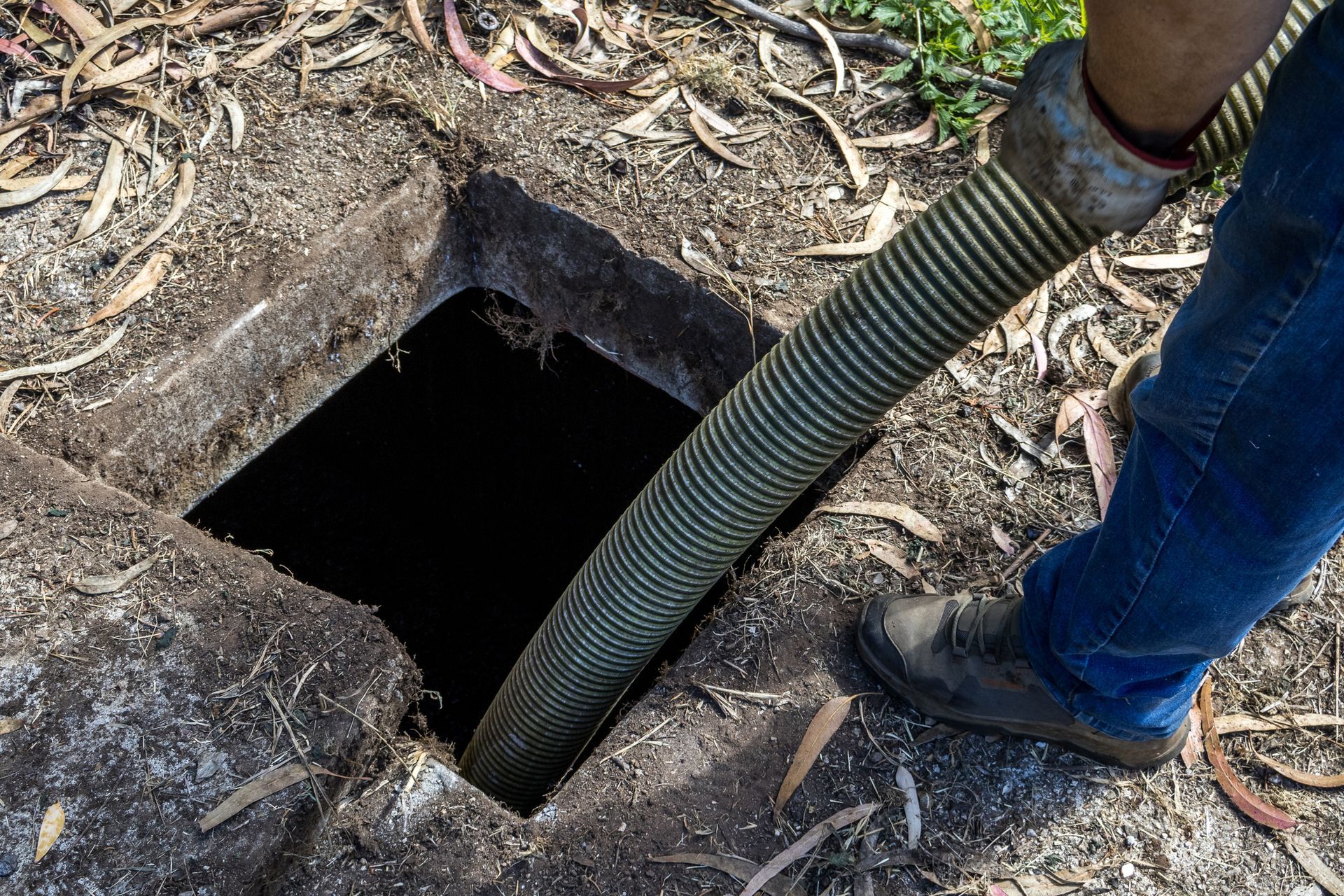Different Types of Septic Systems

Septic systems become the waste treatment solution when a home lacks access to a central sewer system. Septic designs depend on factors like lot size, soil type, and climate, among other factors. Here are the types of septic tanks and designs available.
Conventional Septic Systems
Conventional septic systems include soil, drain field, and septic tank. The septic tank serves as the primary treatment stage. It is a buried, watertight container that receives all the wastewater from the house.
In the tank, solid particles settle to the bottom, forming sludge, while grease and oils float to the top as scum. The relatively clear water in the middle is discharged to the drain field.
The drain field is responsible for further treatment and dispersal of the pre-treated wastewater into the soil. It typically consists of perforated pipes laid in trenches filled with gravel. The effluent slowly trickles out of these pipes into the surrounding soil.
The soil acts as a natural filter, removing harmful pathogens, bacteria, and other contaminants from the effluent before reaching groundwater. This final treatment stage is crucial for protecting the environment and public health.
Mound Septic Tank Systems
Mound septic tank systems are commonly used in areas with poor soil quality or high groundwater levels, where traditional septic systems may not be feasible. Mound septic tank systems consist of several components.
First, wastewater from the house enters a primary septic tank, where solid waste settles and undergoes decomposition. The effluent, the liquid portion of the wastewater, flows into a series of distribution pipes. These pipes are buried in gravel-filled trenches, called absorption beds, above the natural soil level.
The absorption beds distribute the effluent evenly over a mound of fill material, a mix of sand and gravel. The mound acts as a filtration and treatment medium, allowing further wastewater purification.
As the effluent moves through the fill material, beneficial microorganisms in the soil break down harmful pathogens and organic matter. This natural biological process helps treat the effluent before it percolates to the underlying native soil or is discharged into the environment through a designated outlet.
Chamber System
Chamber systems offer an efficient and eco-friendly solution to process household wastewater on-site without connecting to a central sewage system. At its core, a chamber septic system consists of interconnected, high-density polyethylene chambers buried underground.
These chambers create a network that facilitates the treatment process. As wastewater flows into the septic tank, the solid waste settles at the bottom, while the liquid effluent rises to the top. The clarified effluent is then directed into the interconnected chambers for further treatment.
Chamber septic systems are preferred over traditional septic tanks due to their higher treatment efficiency and easy installation process. Moreover, they have a larger storage capacity, reducing the need for frequent maintenance and pumping. Their design also allows for better effluent distribution throughout the soil, preventing potential clogs and ensuring long-term functionality.
Drip Distribution System
A drip distribution septic system operates by dispersing treated effluent directly into the soil through a network of pipes equipped with small emitters or outlets. This type of system does not need to rely on traditional leach fields with gravity flow.
In this system, wastewater from households or establishments first enters the septic tank, where solid waste settles at the bottom, and grease floats to the top. The remaining liquid effluent flows into a dosing tank, intermittently releasing a controlled effluent volume into the distribution pipes.
Drip distribution septic systems promote better effluent treatment, minimize soil saturation, and reduce the risk of contaminating water sources. Additionally, they require less space than conventional leach fields, making them suitable for properties with limited land availability.
AAA Pumping Service, Inc. holds the exclusive status of the sole full-service company in New Mexico. Contact us for unparalleled service and experience.







